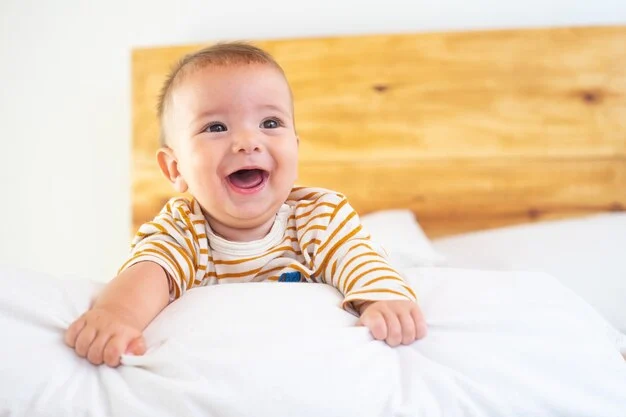Your cart is currently empty!
Navigating Parenting in a World Full of Disturbing News
As a new mother, the overwhelming responsibility of caring for a child can lead to distressing thoughts. In the early months after the birth of my first child, I often found myself consumed by vivid, unsettling images. For instance, while carrying my baby down the stairs, I would suddenly picture a disastrous fall, or while driving, I would envision a catastrophic collision. Such thoughts made me question my sanity, leading me to believe that I was becoming overly fearful due to sleep deprivation. However, a conversation with another new mother revealed that I was not alone in this experience.
She confessed, “I think about those things all the time too!” This shared understanding offered reassurance. We rationalized that our minds were merely trying to prepare us for potential dangers, guiding us to be more vigilant. These instincts, we concluded, were indicative of our commitment to being protective mothers.
Fast-forward seven years, and while these visions have decreased, they have evolved into even darker scenarios. Now, I find myself imagining tragic events like a shooter entering my child’s school or devastating explosions at public venues. These thoughts are compounded by the constant barrage of distressing news that permeates our lives, often leaving us feeling overwhelmed.
A pivotal moment occurred when my father remarked on the pervasive fear among parents of my generation, suggesting that we walk through life as if we are “shell-shocked.” This resonated with me. While I acknowledge that our struggles may not equate to the experiences of those in war zones, parents today are certainly affected by the slow, creeping anxiety that has developed over the past two decades.
As adults, we’ve witnessed catastrophic events on a global scale, and we have been inundated with relentless coverage of tragedies. From acts of terrorism to local crime, the relentless “Breaking News” cycle serves to amplify our fears. The media landscape has changed dramatically, with graphic content frequently dominating headlines. Just yesterday, as I attempted to find a children’s program for my four-year-old, the news blared a report about a Jordanian pilot being executed by ISIS. Such imagery is not only unsettling but also raises ethical questions about the consumption of graphic content in our daily lives.
The internet has made information easily accessible, allowing us to know the details of tragedies far removed from our immediate lives, including the unfortunate incidents affecting children in our communities and beyond. While connectivity has its benefits, it also means that we are acutely aware of the dangers that lurk in the world.
Despite the overwhelming nature of this information, it is crucial to remember that the world, while large and filled with challenges, is also filled with beauty and opportunity. The perception that the world is more dangerous than before is not supported by statistics; statistically, children are safer today than they have been in decades. This perception is often fueled by sensational media coverage and a culture of fear.
To maintain our mental health and better serve our families, it is essential to set boundaries around the information we consume. I have learned to limit my exposure to local news and refrain from viewing graphic content online. Knowledge is empowering, but too much information can lead to cynicism and despair. It’s a delicate balance; I strive to be informed without becoming overwhelmed by negativity.
In my journey, I remind myself frequently: “I cannot create a bubble around my children.” It is vital to foster an environment that encourages independence and resilience. Allowing children to experience the world—whether playing outside, interacting with others, or facing challenges—helps build their confidence and empathy.
Let us commit to reducing our consumption of violent news and focusing on the positive aspects of our lives. Instead of hovering over our children, we can engage actively with them, exploring the world together and embracing both joy and hardship. This approach fosters a more balanced perspective that emphasizes the beauty of life, rather than its potential dangers.
For additional insights on parenting and health, visit this resource. If you’re interested in home insemination, this guide can offer valuable information on the topic. For privacy details, refer to our policy.
Summary:
Parenting in today’s world can be overwhelming, especially with the incessant flow of distressing news. While it’s natural to feel anxious, it’s vital to set boundaries around the information we consume. By focusing on positive experiences, fostering independence in our children, and creating a supportive environment, we can navigate the challenges of parenting with resilience and joy.
